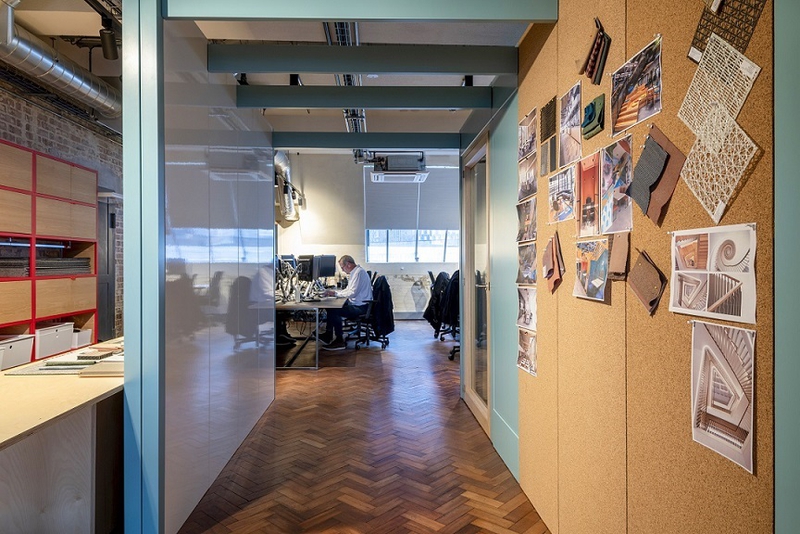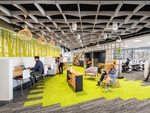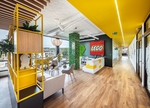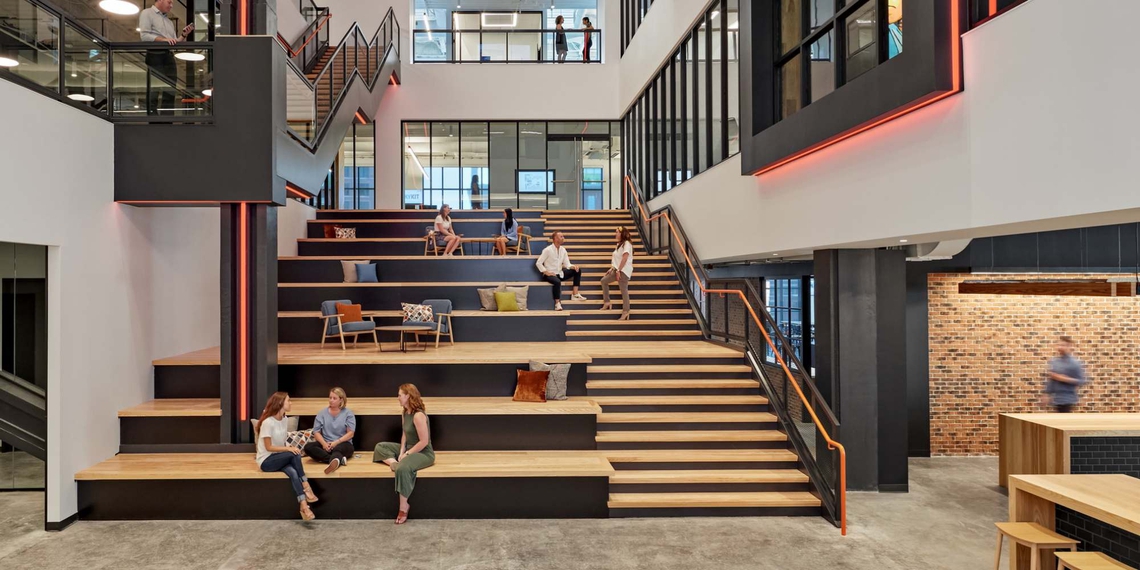
Workplace Culture and Community – Helping Workspaces to Thrive
The role of the office has changed. Now more than ever, businesses must seek to create a space that offers a valuable alternative to remote working to help them in their mission of attracting people back to the office.
In order to create an attractive option for employees, leadership teams must first understand the various reasons that people may decide to return to the office (or the reasons they won’t), and design a workspace that caters to the needs, wants and circumstances of the many.

While the reasons may vary depending on a person’s specific situation, right at the top of that list of reasons why people choose to return to the office is to regain a sense of workplace culture and community: perhaps one of the only things that corporations struggled to provide for remote-working teams during the pandemic.
Research by LinkedIn revealed that 57% of workers feel that their ability to engage in office small talk has suffered as a result of working from home. This has led to plummeting mental and physical health levels, with greater levels of loneliness often referred to as ‘The Second Pandemic’; the physical workspace is one of the only ways to combat this in an increasingly digital world, and as such, employers must prioritize creating a community.
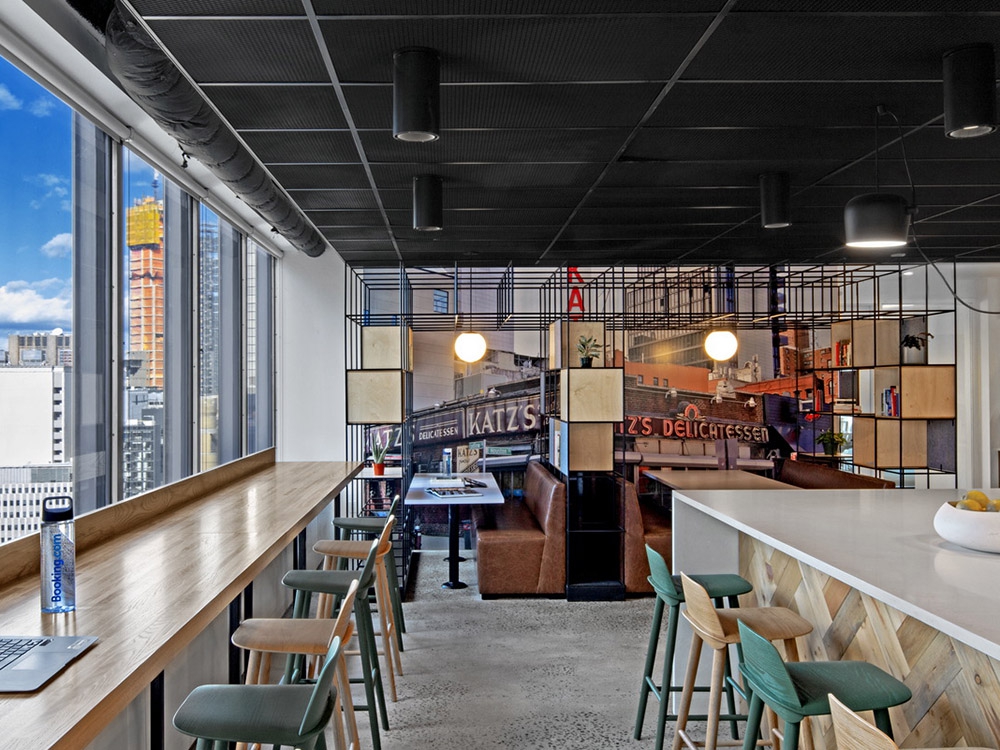
According to Gallup, Americans report the highest levels of happiness when they spend six to seven hours per day socializing. Not only this, it’s actually in businesses interests for employees to spend more time socializing in the office, as people who have a best friend at work are seven times as likely to be engaged in their jobs, are better at engaging customers and produce higher-quality work.
But how can organizations foster friendships and build a strong culture and community as well as support a hybrid working pattern? In this article, we’ll be looking at how a great culture is the first step to bringing people back to the office and how workspace design is the perfect tool to help to achieve this.
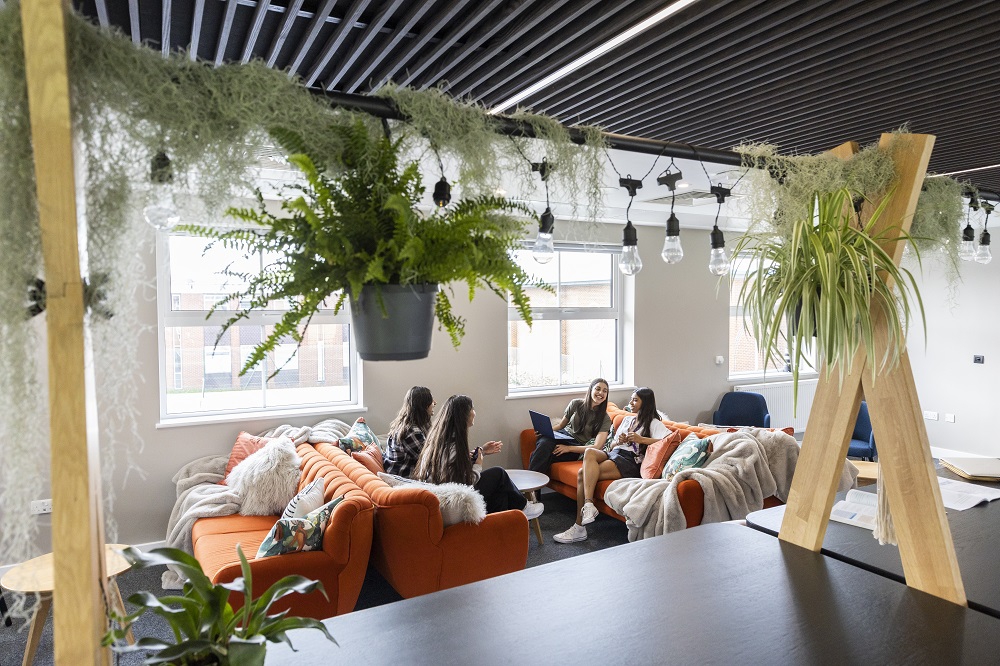
The pandemic, or perhaps more aptly, the post-pandemic Great Resignation has made it abundantly clear that in order to retain and attract talent, corporations must treat their employees as customers. This means implementing policies and design that truly address their employees’ concerns as a way of demonstrating great company culture.
This task isn’t as straightforward as it once was, with a brand-new generation of Pandemials entering the workforce that may have never had a face-to-face group meeting ever before, with very different ideas of what a great workspace looks like in comparison with their Generation X co-workers.
Businesses should utilize this opportunity to positively impact their engagement levels by asking their employees what they’d like to see and experimenting with a number of design solutions before making an informed decision, based on feedback. This exercise shows that businesses facilitate a culture of continuous improvement and value their people, building bespoke solutions around their requirements.
Corporations can reinforce their company values by selecting furniture with flexibility, mobility or agility to reflect the company’s culture for comfort, wellness and health. When considering bringing a brand new, diverse workforce back into the office, offering dedicated spaces for mentoring and networking will offer extra support to young people entering the workplace for the first time, and for employees returning who may feel overwhelmed.
Office neighbourhoods are another way to combat feeling disconnected. Office Neighborhoods mostly resemble open workspace design, but the main difference is that they are typically organized into “communities of people” who have similar jobs, or collaborate often. Instead of being assigned a desk, employees become members of groups. This supports impactful ways to work while enhancing collaboration, providing flexibility and boosting productivity.
When designing a workspace with collaboration, culture and community at its heart, aesthetics and colour psychology has a key role to play in branding. Often, vibrant colours accompany creative and dynamic spaces and cooler or more natural, muted colours promote nature, efficiency and focus.
The key is ensuring that from the design stage, each decision is made with intention and carefully crafted to address employee concerns, increase brand presence and reinforce core values and company culture. By keeping these three goals in mind, employees will gain a greater sense of community by belonging to something they’re proud of.

Workspaces that have natural light, designated collaborative areas and include resimerical design influences can create an environment that makes employees feel connected and at home.
Resimercial design brings home design influence to the office and is a simple way to make the workspace more comfortable and relaxing. This design style means including “homely” furniture such as sofas, warm lamps, and cuddle chairs to the office and has significantly positive effects on productivity and morale.
As well as home comforts to reinforce a “natural” workplace setting, biophilic design that brings the outdoors inside is another way to implement a healthy workplace culture that prioritises wellness and reinforces a feeling of freedom and not being confined to any one area.
This can be achieved by ensuring access to natural light and fresh air, or by bringing nature indoors either through plants, materials, finishes or physical representation.
By fostering a workspace that prioritises a sense of comfort, a community is built and a greater sense of belonging is restored, encouraging employees to return to the office as a destination, not an obligation.
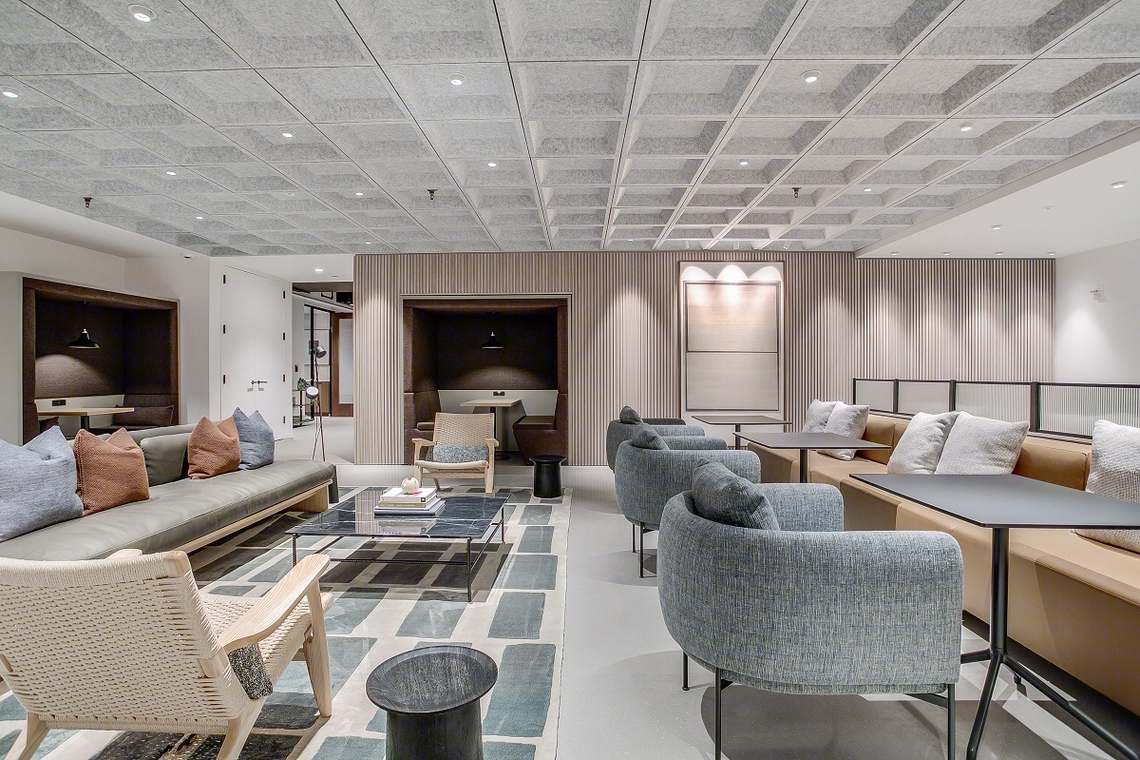
By creating an environment that embodies company values and culture, companies can attract new hires while inviting existing team members back into an environment that truly prioritizes the human experience. This of course means a greater focus on inclusion and equality.
Lack of inclusion and equality ranked third in the top three reasons that employees were choosing to leave their roles or companies during The Great Recession, with 51% of respondents to a McKinsey report planning to leave because they didn’t feel a sense of belonging at work. Notably, employees who classified themselves as non-White or multiracial were more likely than their White counterparts to report a feeling of not belonging.
While the majority of decisions that will ultimately make a real difference happen in boardrooms at policy level, workspace design can help employers build a culture of inclusion, by responding to key concerns from employees.
For employees with disabilities, workspace design must include accessibility features, however creating an inclusive environment and culture does not mean a focus on physical differences alone, but requires an equal emphasis on different ways of working as well as on mental health. For example, some neurodiverse employees might be sensitive to noise, light and air pollutants, so offering quiet and darker spaces is key to offering a truly inclusive space.
It is essential that workplace design doesn’t segregate any employees based on their needs or draw attention to them. The design has to be efficient, subtle, and effective in creating a welcoming and inclusive environment without putting any undue focus on anyone, thereby creating a calmer and happier workplace, and consequently a more innovative and productive organisation.

